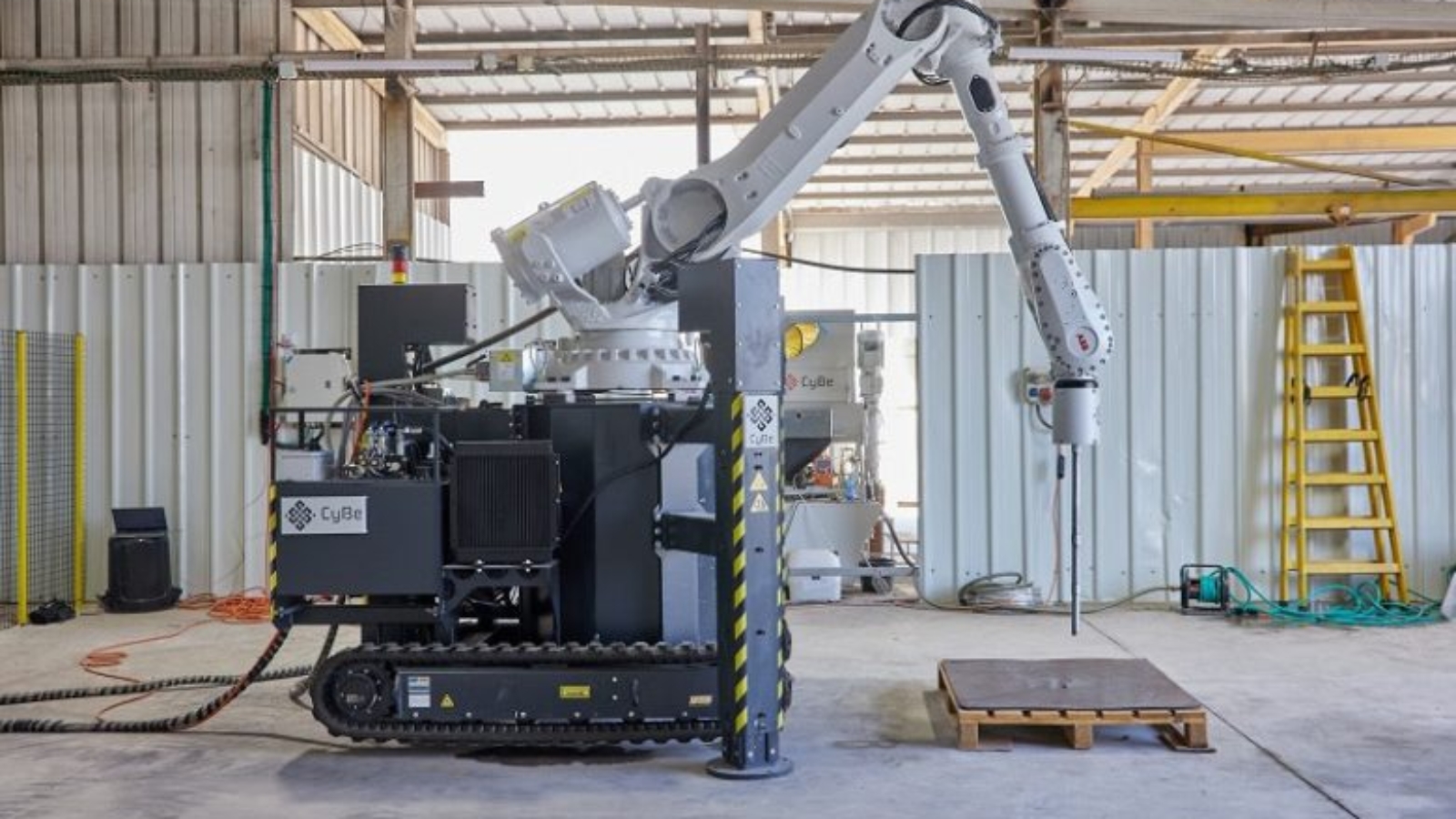According to the Jerusalem Post, Israel-based Ackerstein Industries, a frontrunner in producing eco-friendly concrete solutions for infrastructure and industrial construction, is expanding its innovative efforts into 3D concrete printing.
The company reportedly plans to create and sell an array of items using a custom concrete blend and a groundbreaking 3D printing machine, making it a pioneer in Israel’s industrial landscape. Collaborating with Netherlands-based CyBe, experts in concrete printing tech, Ackerstein aims to roll out new collections for eco-conscious projects, public furnishings, and additional applications, thereby showcasing the technology’s versatility and setting new design trends in the Israeli market.
Manufacturing on Demand

The 3D concrete printing process incorporates specialized software, a precision-controlled injection system on a robotic arm, and a tailored concrete formula. This enables the casting of concrete in virtually any shape – eliminating the need for molds and reducing material waste. Coupled with the advanced technology and proprietary concrete blend, the products can be manufactured and delivered anywhere in the country, within a single day.
“We are happy to enter the innovative field of 3D concrete printing. This is a revolution in the production of a variety of products for the construction and home design industries, including buildings, street furniture, coverings, and many other products. This innovative technology fits in with Ackerstein’s innovation tradition that has been practiced for almost 100 years and with Ackerstein’s environmental vision, which advocates the use of a minimum of raw materials while maintaining the highest quality. Throughout the world, this technology is used by the leading companies in the field of construction and environmental design, and I am sure that this move will put Israel at the forefront of concrete printing,” said Ehud Danoch, CEO of Ackerstein Industries.
As we already know, not only is 3D concrete printing efficient, but it’s also a greener alternative, conserving energy and material resources. The process operates at a rate of approximately 0.5 meters per second, ensuring rapid production and substantial cost savings. While the technique has been globally acknowledged for over ten years, its commercial applications in housing, infrastructure, and eco-design have gained traction only recently. Lately, Ackerstein has been focusing on creating a new series of 3D printed items, ranging from eco-friendly public furniture to retaining barriers and building facade treatments.
You might also like:
University of Michigan researchers 3D print upcycled sawdust: The BioMatters team at the Taubman College of Architecture and Urban Planning and Digital Architecture Research & Technology (DART) Laboratory is making productive use of this readily available resource. Currently, they are using sawdust created at the Fabrication Laboratory at Taubman.
* This article is reprinted from 3D Printing Media Network. If you are involved in infringement, please contact us to delete it.
Author: Edward Wakefield


Leave A Comment